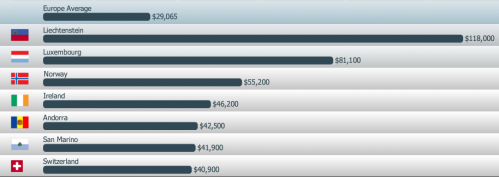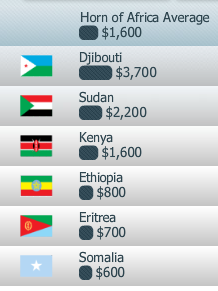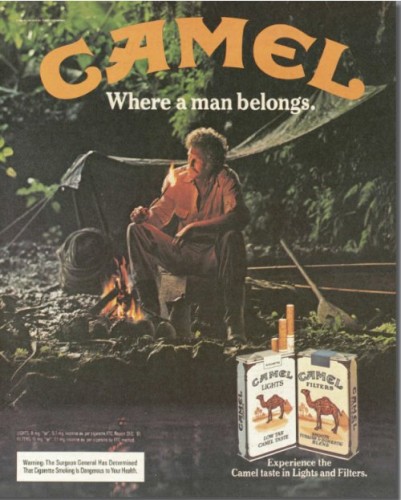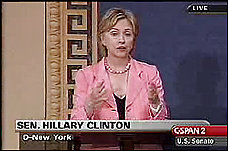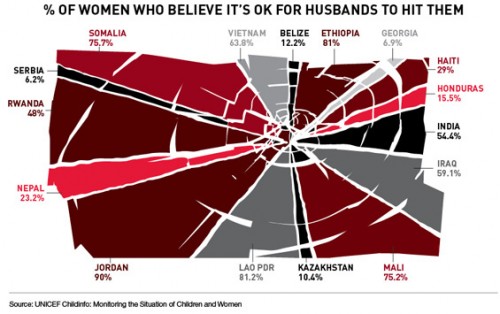As you may know, Disney has a movie coming out later this year called “The Princess and the Frog,” a retelling of the story of the princess who kisses a frog that then helpfully turns into a handsome prince for her to marry. The noteworthy aspect of this film, aimed at a mainstream audience, is that the female protagonist is African American. We’ve seen Disney films with non-White protagonists before–“Mulan” and “Pocahontas,” for instance–but to my knowledge there haven’t been any with a Black main character, unless I guess you count the Uncle Remus stuff, and that’s just a whole lot of ick.
While many people have eagerly awaited “The Princess and the Frog,” Disney’s long history of negative or stereotypical portrayals of non-White characters (i.e., “Fantasia“) meant many were concerned about what the final product might be, expressing concerns based on the trailer and other promotional materials that have emerged so far. Margaret Lyons at EW.com says,
Disney’s track record with racism and racist caricature makes me a little nervous when I see stuff like that toothless firefly.
According to Jezebel, “…Tiana was originally a maid named Maddy (to0 close to mammy?)…” And Leontine says,
…based on this trailer, the other things that Black people get to do are voodoo shit, playing jazz and dancing, and making jokes about their butts. Charming.
For the record, the protagonist is only African American for part of the movie; for a good chunk of it she’s a green frog. But then, doesn’t the princess turn into an ogre in at least some of the “Shrek” movies? I can’t quite recall.
The movie website has a video game. In the game (from io9),
…Tiana, is sent on a mission to retrieve the rich white girl’s tiara, so she can borrow it, but along the way she’s asked to fetch some hot sauce for the gumbo before she has permission to get to the rich girl’s bedroom.
A screenshot of the hot sauce part:
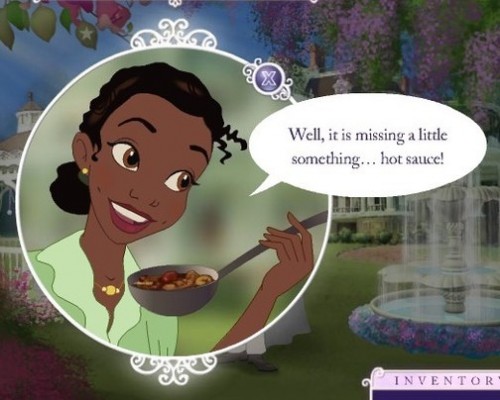
Rebekah R. pointed out a deck of promotional cards handed out at Comic-Con (also at io9). There are some interesting gender and racial elements. Here are Tiana’s parents; note that her mother is “nurturing” while her father is “inspirational”:

Dr. Facilier is a “witch doctor,” practices voodoo, and looks a bit like cartoonish images of pimps I’ve seen now and then:

I did notice that the valet (is that the same as a butler?) for the prince is White rather than Black:
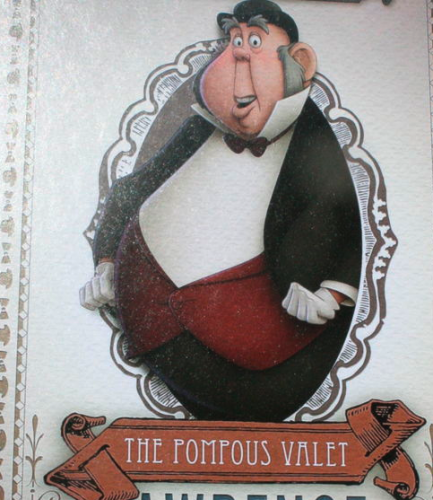
The text for one of the cards says “It’s not in yo’ cards”:

Here’s Mama Odie, the godmother figure, is a “seer” with a snake:
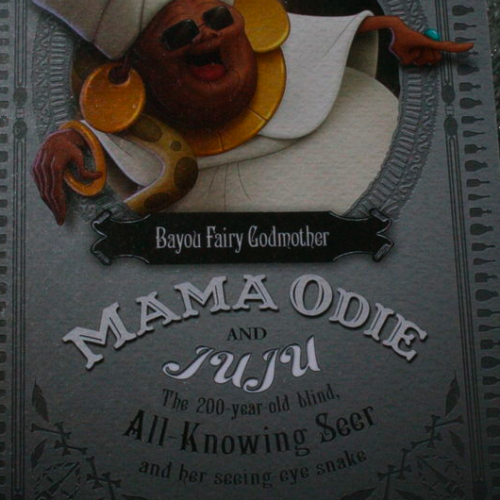
These images and objections are interesting by themselves, but they also bring up some of the difficulties in portraying groups that have historically been stereotyped negatively and occupied a subordinate social status. For instance, the fact that Tiana was originally going to be a maid wouldn’t, on the surface, necessarily be that different from “Cinderella,” in which the (White) protagonist is basically a maid. And there’s nothing wrong with playing jazz or, for that matter, practicing voodoo (which could be seen as very similar to the magic that is so common in kids’ films).
But of course, an image of a Black woman as a maid carries different connotations than that of a White woman doing the same job. There have certainly been large numbers of White maids in the U.S. as well as other countries; in the late 1800s many female Irish immigrants to the U.S. took jobs as domestic servants. But they fairly quickly transitioned, as a group, into other types of work. African American women were stuck with jobs as maids a lot longer because of job discrimination. The “Mammy” figure, a happy-go-lucky servant pleased to take care of the White family she worked for, was applied exclusively to Black women.
Depicting Cinderella as a maid doesn’t play into pre-existing stereotypes of White women; it’s just an individual portrayal. A Black character cast as a maid, to many people, reproduces an image of Black women that goes beyond the individual–whether the creators intend to or not, such images bring with them associations to the Mammy character and real oppression of African American women in a culture that saw them primarily as servants for more privileged groups.
Disney may have intentionally tapped into those cultural images when Tiana was originally imagined as a maid for a White character (as well as including other stereotypical elements). Or the creators may have unthinkingly reproduced stereotypes because, when thinking about characters to use in a movie set in New Orleans with a Black protagonist, they drew on existing cultural imagery. In the absence of a concerted, thoughtful effort to avoid reproducing them, it’s not surprising that problematic elements show up in TV shows, movies, and so on.
Anyway, this should be an interesting situation to watch unfold when the movie is finally released.
UPDATE: Commenter John Lewis says,
This movie’s worth analyzing, but Gwen’s commentary here is not among the most insightful I’ve read on this blog. From my viewing of the trailer, without knowing much else about the film, I think she’s really reaching.
I don’t know that I’m “reaching,” exactly–we know quite a bit of other stuff about the film, such as the fact that Disney originally had Tiana cast as a maid, and that many people who want this to be a good film are very frightened about how it might turn out, which I think is fascinating in and of itself–but he’s right about it not being the best commentary ever. Meh. It’s free content, people, and this is the first week of classes. My brain works better at putting together a coherent argument some days than others. Taking the post down b/c it’s not my best, or b/c people say I’m off-base, seems sort of intellectually dishonest, like I’m trying to hide anything that gets criticized, so I guess I’ll just leave it up and people can read the critical comments.
And in my defense, it also turns out Disney has recut the trailer and some of the scenes that were in it when I first started writing up some commentary aren’t in it any more. I didn’t realize when I found a link to the trailer after the original link disappeared that it had been changed to leave out some things I found odd in the first one.
See also this post that includes a discussion of concerns that the movie “Up” wouldn’t be popular because it had an Asian lead character as well as our post on gender in Pixar films, gender roles in “Bee Movie,”
Gwen Sharp is an associate professor of sociology at Nevada State College. You can follow her on Twitter at @gwensharpnv.

